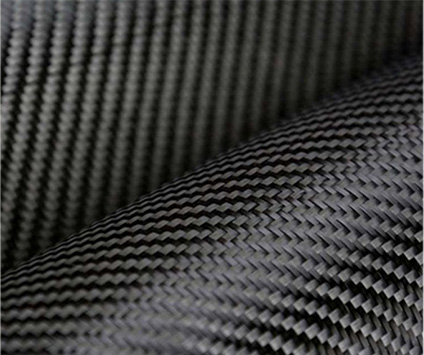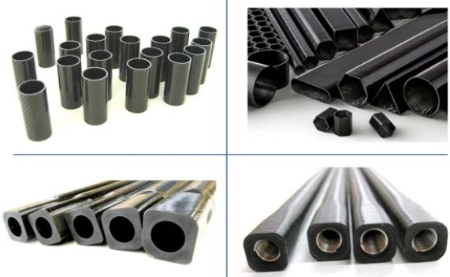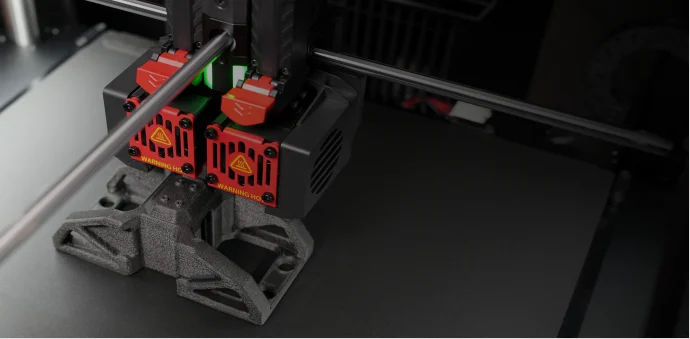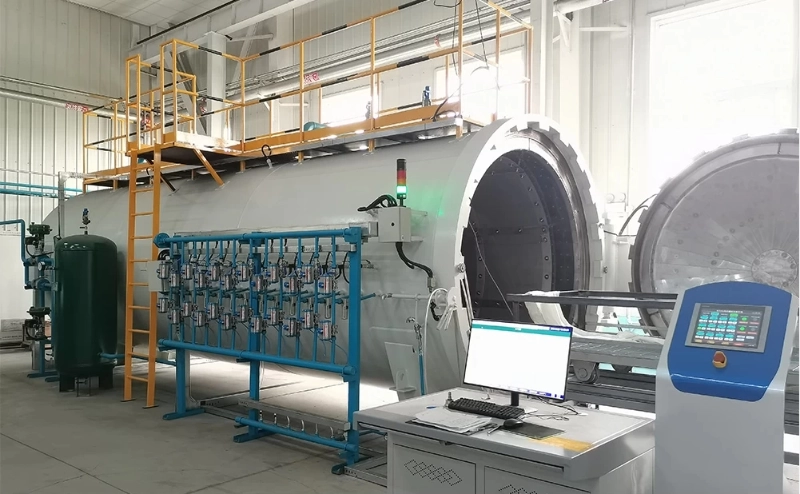As the automotive industry pushes toward lightweight and high-performance materials, carbon fiber has emerged as a transformative solution. Traditionally, metals like steel and aluminum have been the go-to choices for automotive parts, but carbon fiber is now setting new standards for strength, weight reduction, and design flexibility. Here's an in-depth comparison of carbon fiber against traditional materials, focusing on its advantages in automotive applications.
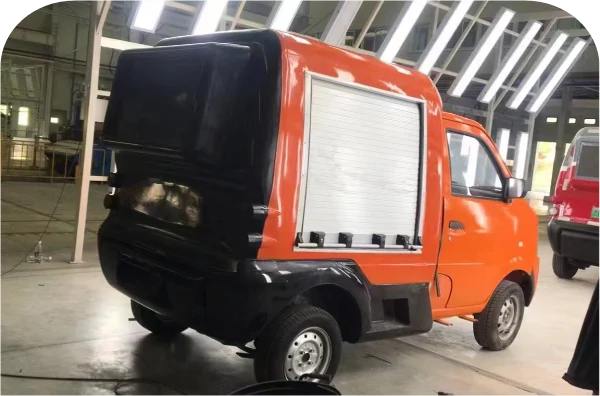
Why Carbon Fiber Stands Out in Automotive Applications
1. Unmatched Strength-to-Weight Ratio
Carbon fiber is known for its impressive strength-to-weight ratio, making it a highly desirable material for automotive applications. Unlike steel or aluminum, which add weight to a vehicle, carbon fiber delivers strength without the extra bulk. For example, Hithunder’s carbon fiber parts, such as bottom shields and bodies, enhance performance by reducing weight, ultimately improving fuel efficiency and speed capabilities.
2. Durability and Resistance to Corrosion
Traditional materials, especially metals, are susceptible to rust and corrosion, requiring additional treatments for longevity. Carbon fiber, however, is naturally corrosion-resistant. This means that parts like Hithunder’s carbon fiber bottom shields maintain their integrity and appearance over time, making them ideal for long-term durability under harsh road conditions.
3. Enhanced Aesthetics and Customization
Carbon fiber's unique twill pattern provides a modern, high-tech appearance that appeals to automotive enthusiasts. Hithunder’s black, 3K twill carbon fiber components not only add style but also allow for aerodynamic enhancements that traditional materials cannot match. Additionally, carbon fiber parts are customizable, allowing manufacturers like Hithunder to create custom consoles, bodies, and other interior components tailored to specific vehicle models, ensuring both fit and functionality.
Carbon Fiber vs. Steel and Aluminum: A Head-to-Head Comparison
Weight Reduction
Steel is incredibly strong, but it’s heavy, which directly impacts a vehicle’s acceleration, braking, and fuel efficiency. Aluminum is lighter than steel but still cannot compete with carbon fiber’s weight advantages. Carbon fiber can be up to 50% lighter than steel and 30% lighter than aluminum, giving vehicles a significant performance edge.
Strength and Structural Integrity
While aluminum is lighter, it’s also more prone to dents and damage under high-stress conditions. Steel, though durable, does not offer the same shock-absorbing qualities that carbon fiber provides. Carbon fiber's high tensile strength enables it to endure intense pressure without deforming, which is why Hithunder’s carbon fiber body components provide not only a sleek look but also high-impact resistance, crucial for both safety and performance.
Thermal Stability and Heat Resistance
One of carbon fiber's less-discussed benefits is its thermal stability, which is superior to that of traditional metals. This is especially advantageous in high-performance vehicles where heat buildup is common. Components like Hithunder’s carbon fiber consoles and interior parts can withstand temperature variations better than plastic or metal, ensuring both driver comfort and structural integrity under different conditions.
Applications of Carbon Fiber in Automotive Parts
Bottom Shields
Hithunder’s carbon fiber bottom shields serve as a protective layer for the vehicle’s undercarriage. Given their resilience against road debris and weather elements, these shields are an excellent replacement for traditional steel or plastic shields that can add unnecessary weight.
Vehicle Bodies
Switching to carbon fiber for the body of a vehicle can drastically reduce its weight, allowing for better fuel efficiency and speed. Hithunder’s carbon fiber bodies also enhance aerodynamic flow, providing a sleek, streamlined appearance that makes any vehicle stand out.
Consoles and Interiors
For the car enthusiast, interior upgrades are as important as exterior performance. Hithunder’s carbon fiber consoles bring a modern, lightweight, and structurally strong solution to vehicle interiors. Unlike metal or plastic, carbon fiber consoles are designed to be both functional and aesthetically appealing, creating a premium look that complements any high-performance vehicle.
Versatility in Customization with Carbon Fiber
One of carbon fiber’s unique advantages is its adaptability. Hithunder can design custom carbon fiber components for any vehicle model, ensuring that parts not only fit perfectly but also meet specific performance criteria. This versatility is invaluable in the automotive industry, where customization plays a significant role in enhancing vehicle appeal and meeting customer needs.
Choosing Hithunder for High-Performance Carbon Fiber Solutions
With 100% carbon fiber parts crafted from high-quality 3K twill, Hithunder offers top-notch components that redefine vehicle performance and style. From custom solutions to standard parts like shields and bodies, Hithunder’s expertise in carbon fiber fabrication ensures that each part is designed to last, delivering on both aesthetics and durability. For manufacturers and enthusiasts alike, choosing carbon fiber over traditional materials is more than a trend—it’s a strategic decision that supports high-performance goals while pushing the boundaries of modern automotive design.
Conclusion
Carbon fiber has solidified its place as the material of choice for high-performance automotive parts, offering superior strength, reduced weight, and unmatched customization capabilities. As a pioneer in carbon fiber solutions for automotive applications, Hithunder leverages this advanced material to deliver products that not only perform exceptionally well but also elevate the overall aesthetic of any vehicle. Whether it’s for enhancing speed, improving fuel efficiency, or simply achieving a high-tech, modern look, carbon fiber is transforming the automotive industry, setting new standards that traditional materials can no longer meet.

